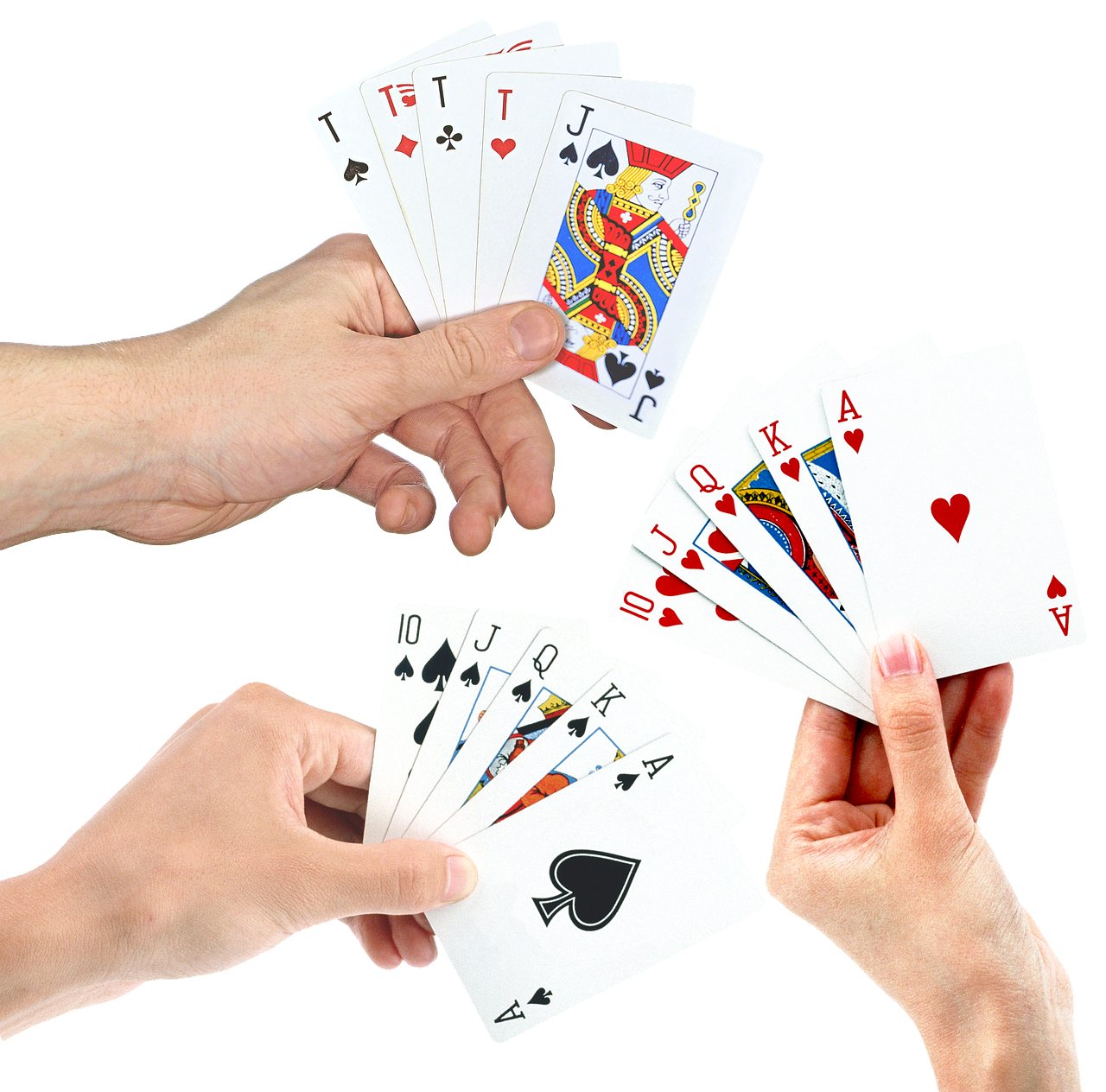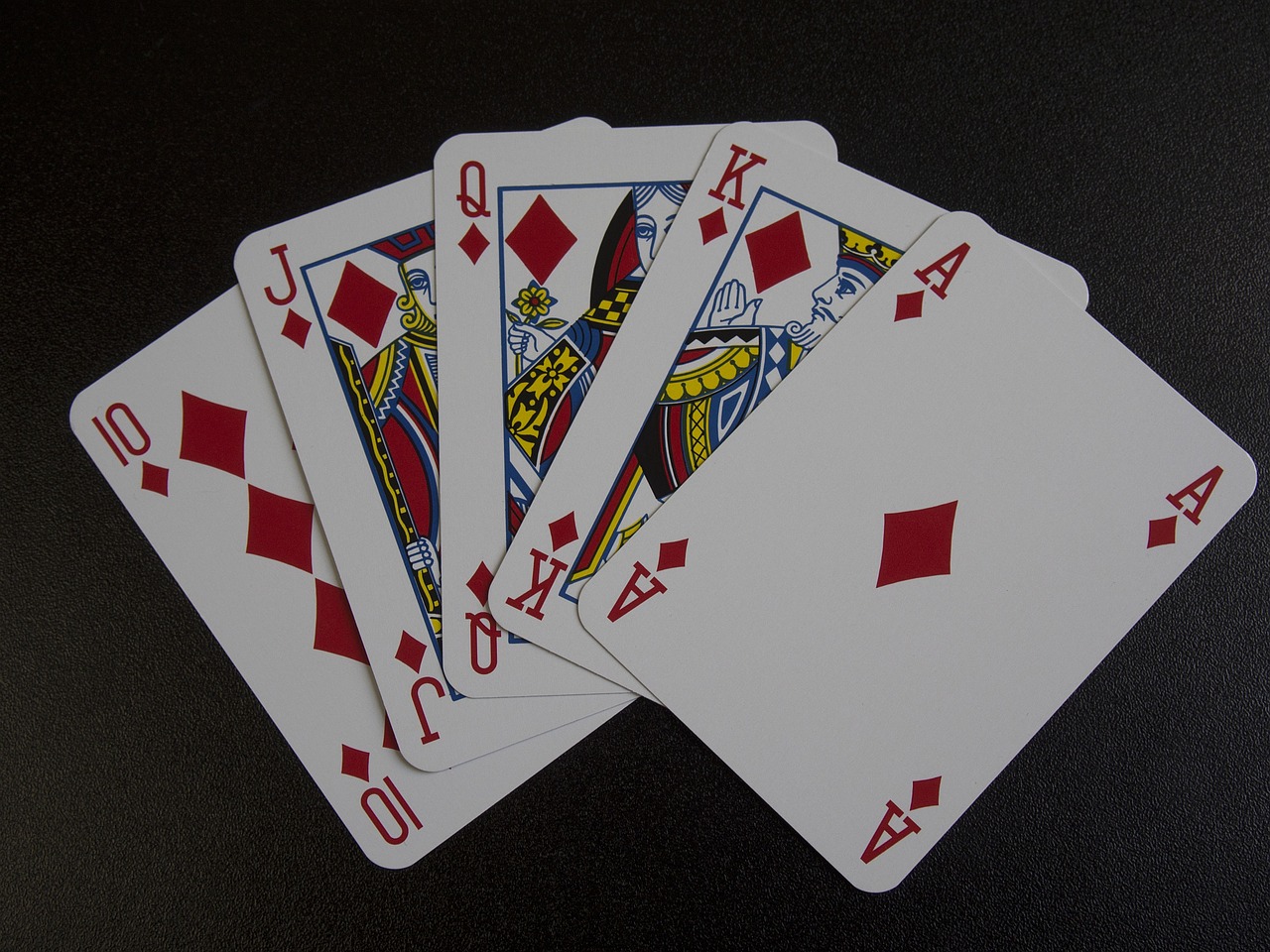
Are you getting ready to participate in various poker games? You may feel like the odds are stacked against you, but deciding on the right playing style can often be what separates amateur players from experienced veterans. Knowing which play styles to watch is essential to increase your chances of success.
With that goal in mind, today we’re going to offer a closer examination of some fundamental playing styles every tournament poker player should understand and prepare for when they sit at a poker table.

Aggressive players will bluff and try to take down pots by force.
During tournament poker games, it can be helpful to know some basic playing styles you may encounter. Aggressive players are one of the most common and essential to watch out for. Aggressive players will often put a lot of pressure on opponents by betting and raising their poker chips frequently and effectively using the size of their bets to gain leverage.
More experienced aggressive players may even employ frequent bluffs to take down pots regardless of their cards; thus, it is crucial to pay close attention to how much they are betting relative to the pot or other players’ actions. Identifying aggressive players early on can give you ample opportunity to make strong plays against them, so be sure to notice this crucial concept.
Passive players will wait for good hands and let other players do the betting.
While aggressive players tend to get most of the attention due to their dramatics, strategic success will depend on how well you adjust according to your opponents’ fundamental style. Passive players are perhaps the toughest to navigate; they’ll wait for good hands and allow other players to do most of the betting.
Depending on your holdings, picking up on these subtleties and maximizing your potential profits by using a value-focused approach when facing off against passive opposition is essential. To take full advantage of such situations and avoid costly misplays, understand and note how these players are so you can keep track of and adjust your strategy against them during tournaments.
Loose players are reckless and will call or raise with a wide range of hands.
Watching out for loose players is a critical element of the strategy to be successful at tournament poker. Their reliance on chance rather than skill is immediately evident, and it’s up to you to take advantage of their risky play. Loose players are likely to call or raise with a wide range of hands, making them difficult to read since they’re inconsistent in playing their cards.
It’s also essential to recognize that these players are prone to chasing draws, so having your draw doesn’t automatically guarantee the pot. To take advantage of the laxity in how loose players play, making sure that you have a good selection of start hands and exercising patience can pay off big-time against these opponents.

Tight players are very selective about which hands they play and usually only bet when they have a strong hand.
If you’re playing in a tournament poker game, there’s one fundamental playing style that you need to watch out for more than any other: tight players. These opponents are very selective about which hands they play and usually only bet when they have a strong one. Often, this approach will result in them quietly folding their way through the early stages of a tournament, waiting until they have a real hand. When they finally decide to enter the pot, their bet size and behavior at the table can often give away the strength of their hand.
It’s important to recognize these telltale signs, so you don’t make an unfortunate call or raise an inferior hand against these players. Learning to spot when someone is playing tight will also give you insight into how to adjust your strategy against them.
Semi-tight/semi-aggressive players are between tight and loose, playing more hands than tight players but still being selective about which ones they play.
Semi-tight/semi-aggressive players can be tricky competitors in a tournament poker game. While they are more cautious than the loose players, they will still play a wide variety of hands, so it is difficult for opponents to get a read on them. These players have enough experience and savvy to know when their hands have real value, so they’re less likely than other players to fold unnecessarily.
As a result, semi-tight/semi-aggressive poker players can catch their opponents off guard and pick up some strong hands without risking too much money. All in all, being aware of this playing style and how it might affect the outcome of each hand can be an invaluable asset during free poker games.
Maniacs are unpredictable and can be very dangerous or easy to beat, depending on how you play against them.
Maniacs can be wildcards during tournament poker when their playing style is unpredictable. Maniacs are willing to risk a lot with any two cards, and it’s essential to remember that they can be very hard or effortless to beat, depending on how you adjust your strategy while playing against them.
Generally speaking, maniacs will give away their hands more than necessary, and therefore it’s wise to check your range and only go up against them if your hand is strong enough to outplay them. Patience and tactical maneuvering will usually result in lying low until you feel secure enough to make an aggressive move against the maniac. It’s a calculated gamble that can prove quite rewarding if appropriately assessed.
Players have different fundamental playing styles that they tend to default to unconsciously. Some are more aggressive, while others are more passive. The key is to be able to read the other player and figure out what kind of strategy will work best against them. If you can do that, you’ll be well on your way to success in online poker tournaments.
 Skip to content
Skip to content





